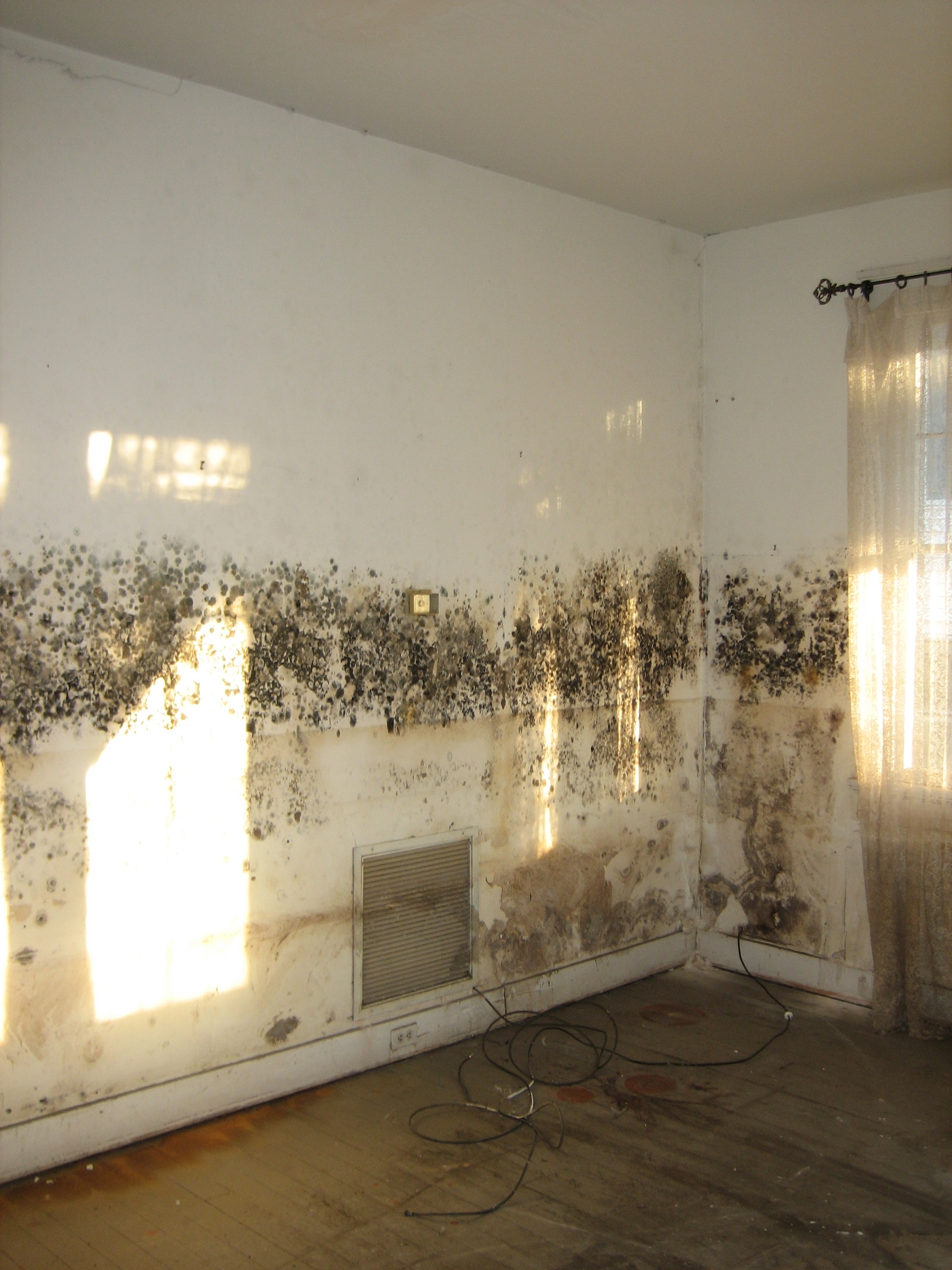Have you noticed immediately getting skin rashes after coming in contact with a mold colony? You must have touched stachybotrys.
Stachybotrys is the most common toxic black mold. It is scientifically named as Stachybotrys chartarum (or S. atra or S. alternans). They appear as greenish-black molds found in water-damaged cellulose rich materials. Examples of these are straw, hay, paper, and porous materials such as fiber board, and gypsum board that are exposed to much moist, humidity, water leaks and flood. Stachybotrys chartarum can also thrive on dust and lint. These raise the probability of exposure to harmful household mold.
Hazards in Homes and Offices
Black mold stachybotrys is found to produce a high degree of mycotoxins that can be very hazardous to human when inhaled. Homes and offices may have stachybotrys thus family members or workers will sometimes complain of difficulty in breathing or skin irritation. In 1986, there was an outbreak of toxic mold among Chicago homes and residents complained of headaches, sore throats, flu-like symptoms, persistent colds, diarrhea, fatigue, dermatitis and malaise. In late 1990s, articles on acute idiopathic pulmonary hemorrhage in infants have linked the incident to stachybotrys in bedrooms and attics of homes.
In a study by Johanning (1996) on the health status of office workers, he found out that workers exposed to more aerosols with Stachybotrys chartarum showed symptoms of lower respiratory irritation, dermatological and eye irritation, chronic fatigue, and recurrent allergic reactions. Those exposed for longer period of time during their employment developed more alarming symptoms of upper respiratory, skin and central nervous system disorders.
Mold Removal and Control
If you want to remove toxic black molds in the homes and offices, the first thing to do is to know what they look like, where to find them and how to clean them up.
How do you identify Stachybotrys chartarum? Stachy is visible in colony that initially appears white and turns to black, shiny, and slimy when in active state and in wet habitat. Spores of this type of mold can be sampled by direct swabbing, or using a plastic tape to lift some mold samples for laboratory analysis.
Stachybotrys best environment is a damp and humid area with nutrient source and time. A relative humidity of 90% usually from leaking pipes, roof, and sewage usually from continuous standing and moisture condensation is the best place for toxic molds to propagate. Stachybotrys can still survive even when the breeding area has lost its moisture.
You can always find stachybotrys in porous surfaces such as wallpaper, ceiling tiles, paper products, carpets with natural fibers, paper covering on insulation, and wood. They also grow in dust particles accumulating in your basement. The common places for black molds to propagate are the bathroom and sink.
When you have identified the areas with mold growth in your homes and offices, spray the areas first with detergents then scrub to eliminate the molds on the materials. Wetting the infested area will prevent the spores to spread by air on another surface. Materials such as carpet, drywall, papers and others must be thrown away if you see that black molds have grown in it. Sanding the surface of wooden material like furniture can save it. However, because Stachybotrys is a highly toxic black mold, only mold removal specialist can tell you which can be salvaged or not. Mold biocides can be used to sanitize areas where black molds have been removed. This is to ensure that the remaining molds are killed.
In worst cases, when mold infestation is too much to bear, the entire house or building can be renovated or repaired. Mold growth is an indication of water leak problem that should be addressed immediately before the effects worsen. Before buying a house, it is advisable to check with your realtor if there is a clause in the contract on mold problems. In the past lawsuits have been filed against home insurance companies for failure to pay their clients for mold damages. Insurers have either removed or limited homeowner’s insurance claims nowadays on mold damages. So the best thing to do is to check the house before buying it.


